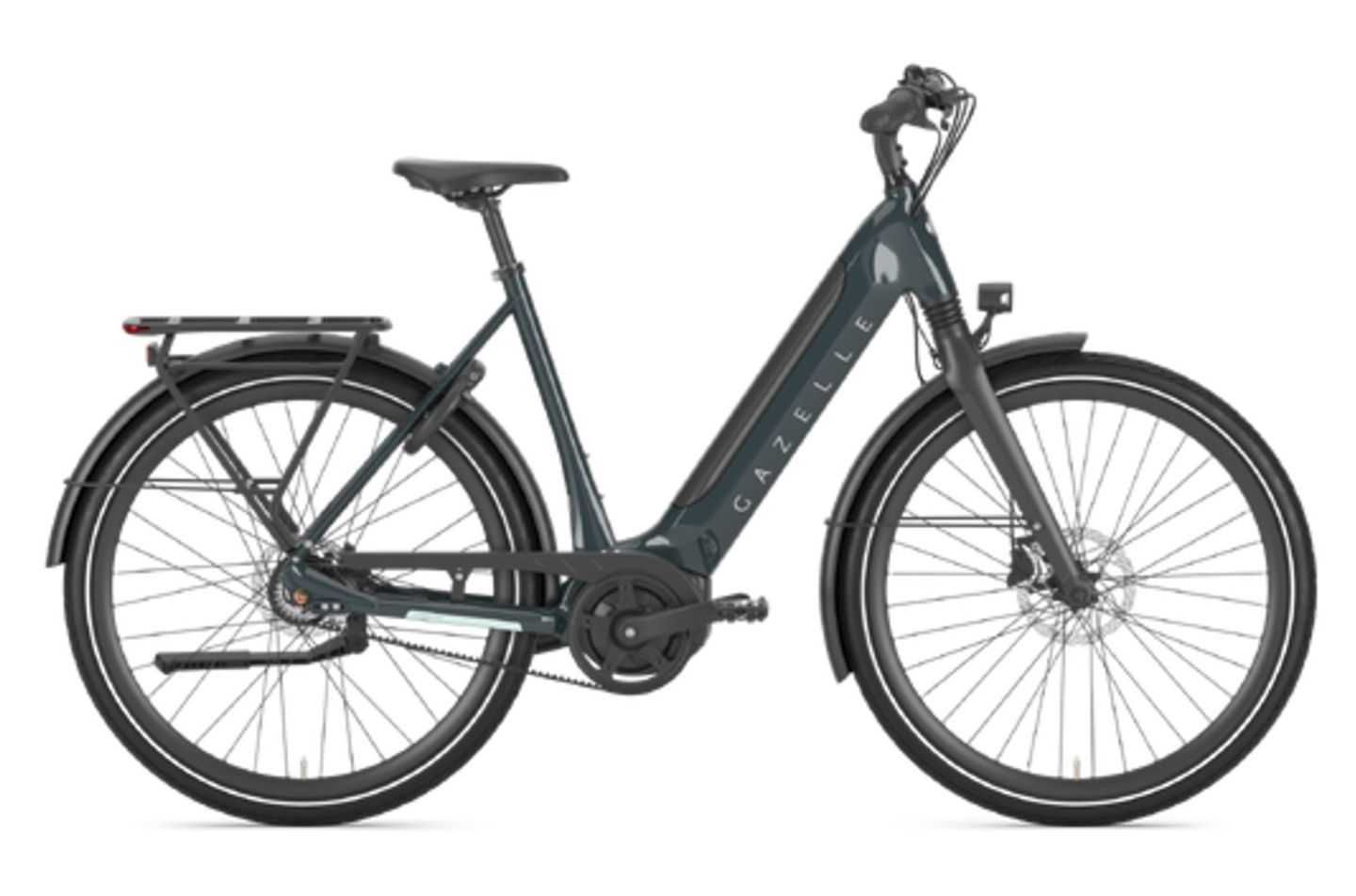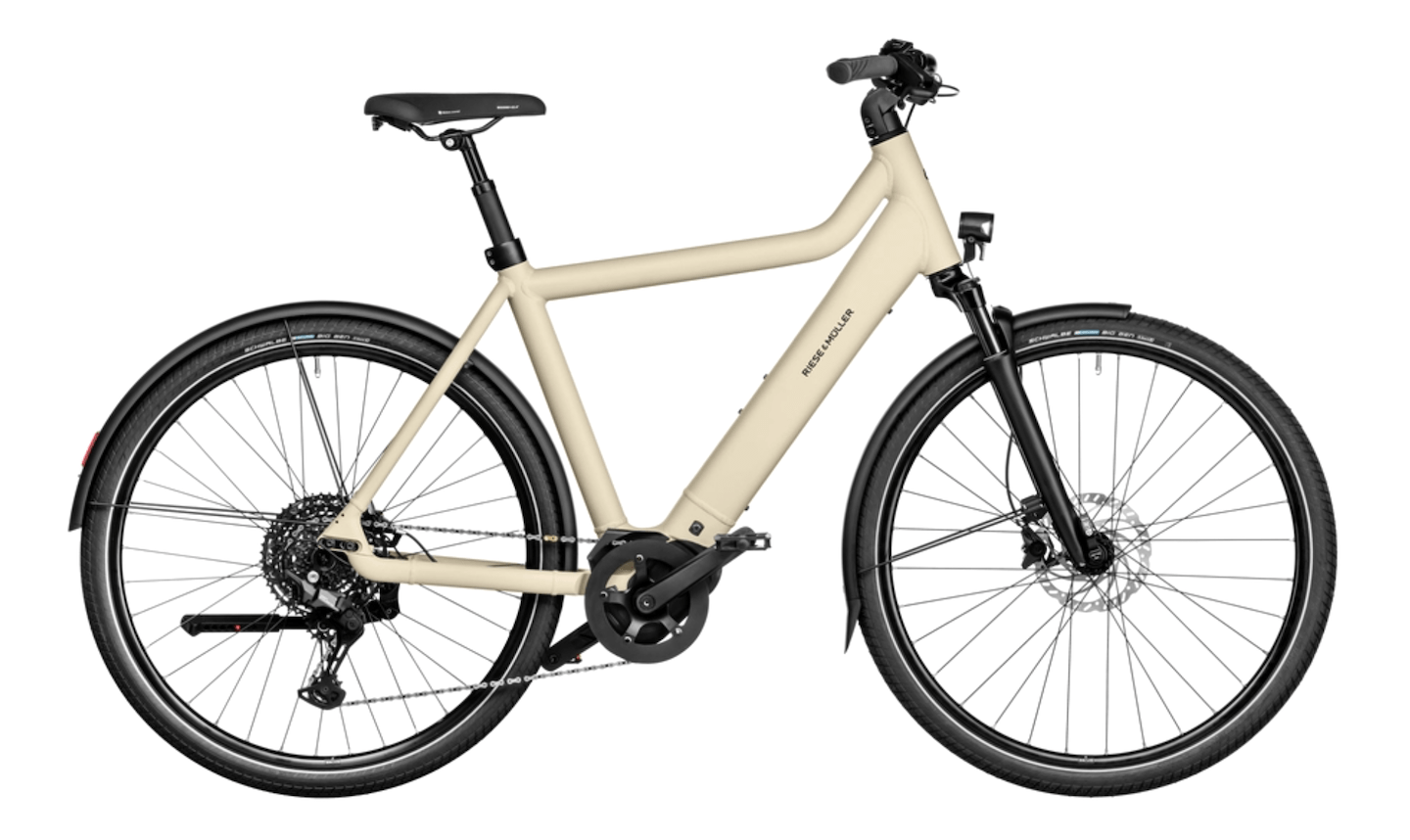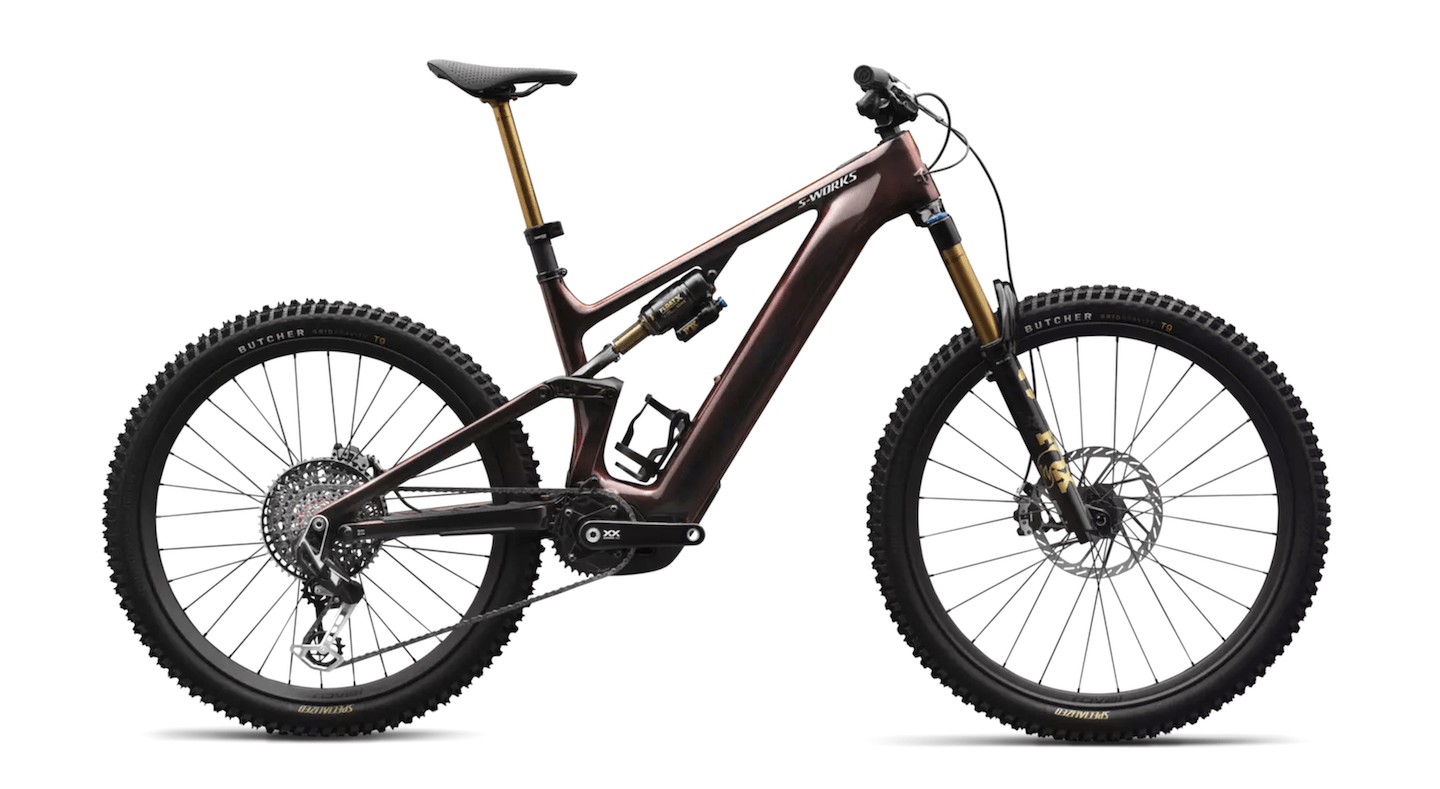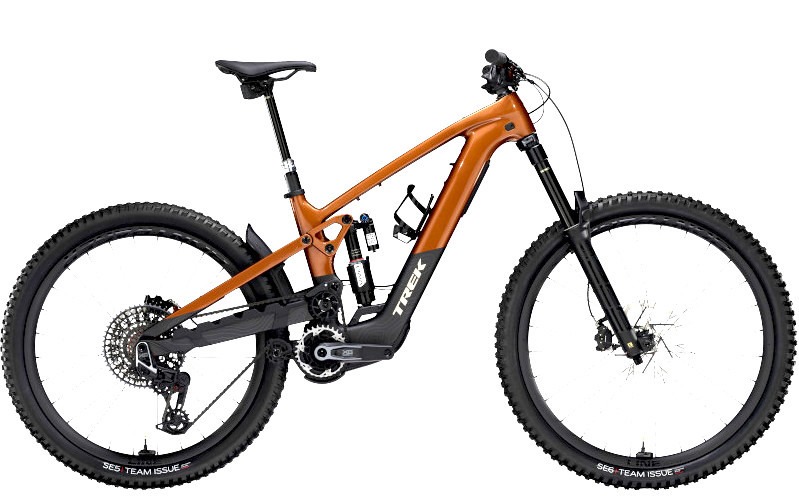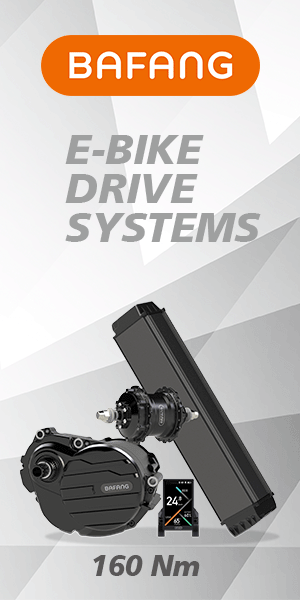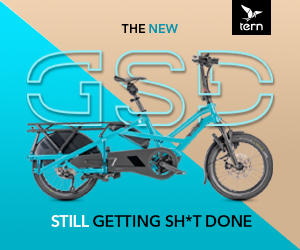August 13, 2021 - In May 2020, amidst the pandemic, Montreal made headlines as it announced an ambitious cycling/walking plan, for a network of more than 1,200 km of streets and lanes reserved for bikes and pedestrians.

Touted as one of the largest initiatives worldwide, Mayor Valérie Plante and her Projet Montréal team hoped to rejuvinate the city which had been hard-hit by Covid, and build back safely.
Montréal is no stranger to the global limelight being the only Canadian city included on the coveted Copenhagenzie Index every year since its launch in 2011. In fact, Montréal is one of only two North American cities to make the renowned Index that is recognized as the most comprehensive and holistic ranking of bicycle-friendly cities on the globe.
Marianne Giguère is responsible for the Montréal’s Active Mobility portfolio which includes cycling. In a province where the once popular French beret is now passee, Giguère certainly wears many hats. Her responsibilities include City Councillor for the borough of Le Plateau-Mont-Royal, Special Advisor, and Member of the President’s Council Committee.
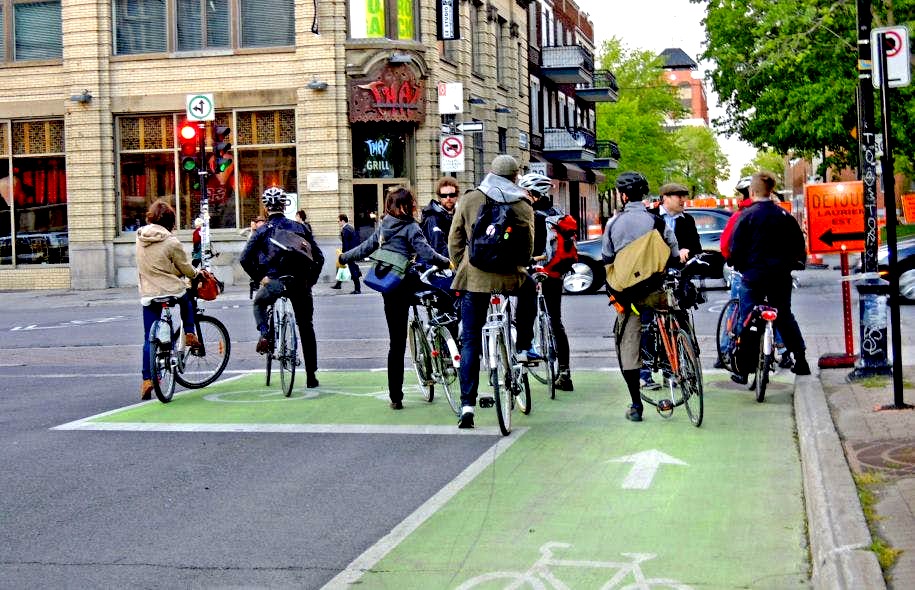
Giguère is a woman with a big smile and personality to go with it and eBikes International caught up with her for an update on Montréal’s cycling agenda. “Joy and happiness are the main reasons to use a bike in the city,” she quipped.
“Montréal’s cycling culture dates back to the 1970s when cycling activists began pushing for bike paths and acceptance in the city,” explains Giguère. “In 1975, Le Monde à Bicyclette was launched by Robert Silverman (Bicycle Bob) and the association promoted the bicycle as a means of transportation, while uniting the French and English-speaking community through a love of cycling. The 1980s saw the first protected bike lanes and the City hasn’t looked back.”

Formed in 1967, Vélo Québec, the province’s largest cycling advocacy group, had worked alongside Le Monde à Bicyclette which ceased operations in 2000. In 2007, Route Verte (Greenway) was launched and now boasts more than 5,300 kilometres of cycling networks, while linking all the regions of Québec together with well-marked, standardized bike paths.
In parallel, Bixi, the city’s bike share system, was founded in 2009. “As the first large scale public bike share system in North America it was a very strong statement and a great sense of pride,” continues Giguère. “ Bixi attracted tourism dollars which pushed the administration to add more cycling infrastructure.

With Giguère at the helm Montreal surpassed 1,000 kilometres by December 2020, as the city made headway on the 184km Réseau Express Vélo initiative that had been announced by Plante the previous year to provide protected bike lanes across the city, along with traffic calming measures.
“The Active and Safe Streets initiative was designed for the pandemic,” says Giguère. “It added to the exisiting cycling network and separated bike lanes and was designed to help people vacation in their own town.” But there’s more work to be done in terms of quantity and quality, or as Giguère describes “more kilometres and safer kilometres.”
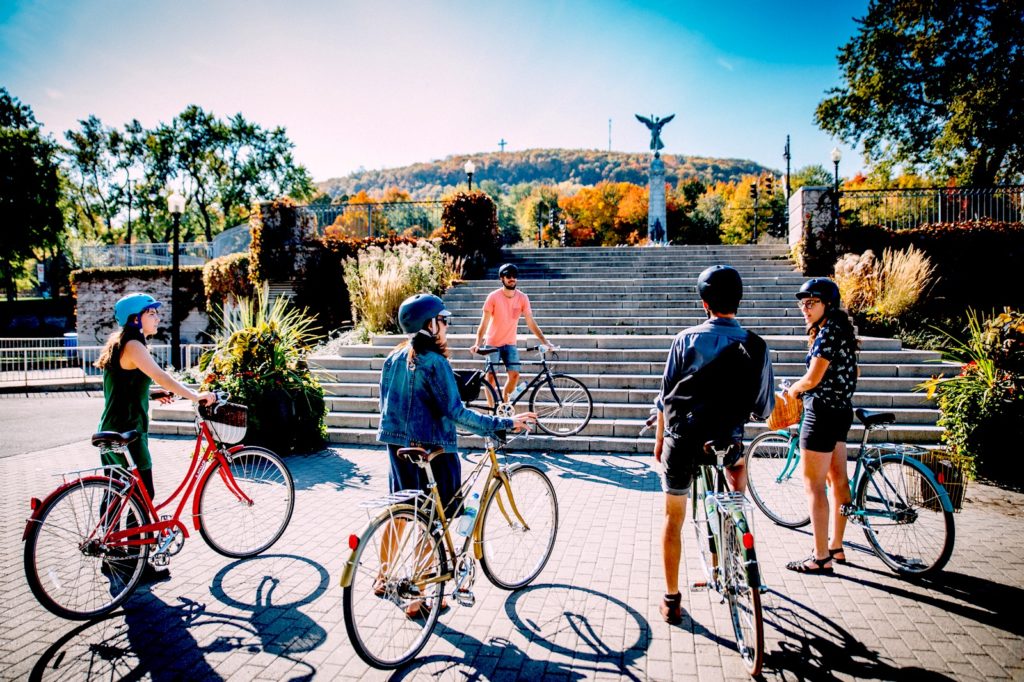
Safer cycling is key to increasing the use of bikes according Vélo Québec, which claims that while cycling is on the rise, it remains a leisure activity for most Québecers rather than a means of travel for shopping, commuting and transporting kids. And while Montreal is well ahead of most cities, still, only 8-12% commute by bike.
“To increase a modal shift from cars to bikes, the City will keep building safe and comfortable infrastructure,” says Giguère. “Making streets accessible to all ages and abilities, with a commitment to Vision Zero.”
To achieve the vision of zero deaths and injuries means lowering speed limits as well, but much more is required explains Giguère. “We need to promote the benefits of cycling so it’s an accessible and positive option in people’s minds, which starts in the classroom,” she adds.

To ensure every kid in the province can ride safely, Vélo Québec is funding a school-wide cycling awareness and education initiative, planting the cycling seeds while children are young and receptive.
Another important factor to increase cycling is equity. “We need people to cycle in every borough of Montréal, not just where the richer and whiter populations tend to be, which is where the infrastructure is,” says Giguère. “Theft is also a big issue, so the police are working with an app called 529 Garage – a bike registry and theft report and recovery system.”
“Finally, we need work on the narrative regarding bikes,” says Giguère. “We know that bike lanes and bicycle parking in front of small businesses can help them thrive, yet the current narrative has always been that wide roads with lots of parking are needed.”
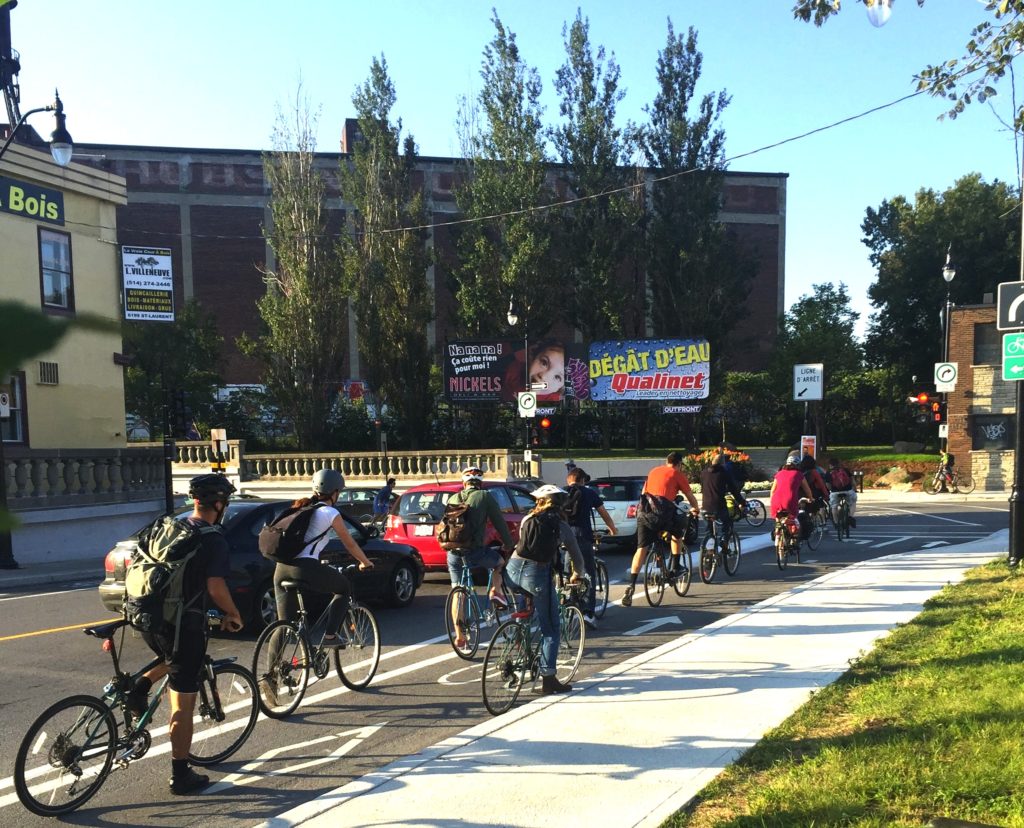
Changing this perception is a focus of the administration, which has been accused by the opposition as having an anti-car agenda, adding that bike lanes result in eliminating parking, but Giguère refutes these concerns.
“This is not true,” she continues. “We want Complete Streets, where everyone is safe. We don’t want to get rid of cars, but rather find more balance.” Equity for all users, as she puts it, which happens when people can be safe irrespective of whether they choose to walk, bike, take public transit or drive.
“We know cars are still vital and will always be needed. But the more people get on the bus or on their bikes, the more space there will be for cars,” says Giguère. “It’s all about safety, equity and balance. Very tragic events have taken place. People on bikes have been killed by speed and blind corners. We need to work on this. It’s a matter of public health and safety, the environment, and a strong economy.”
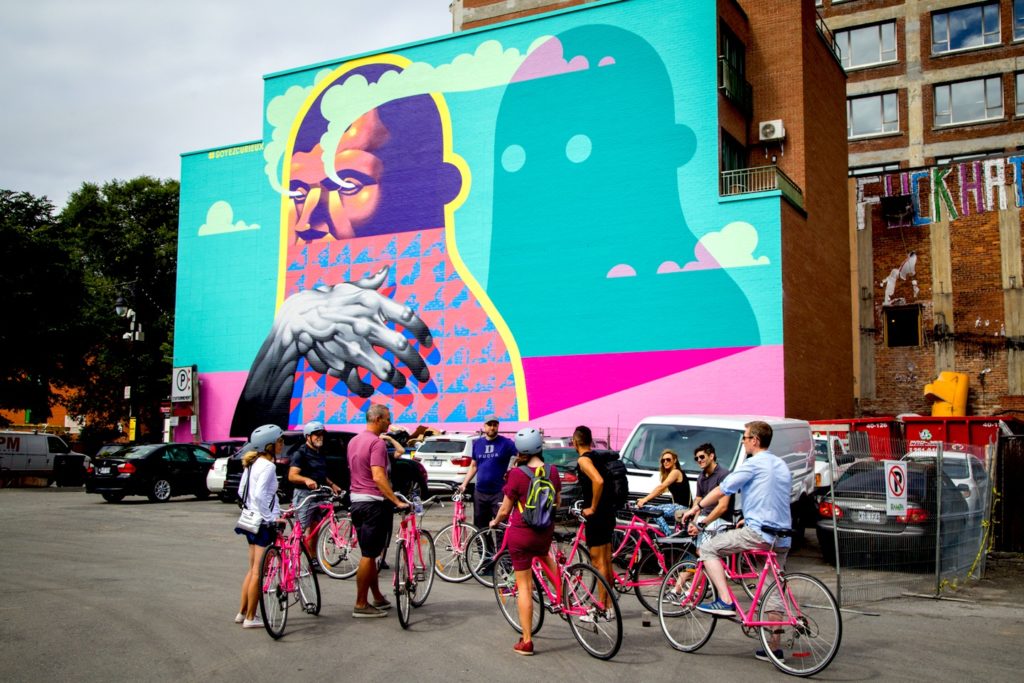
With the wheels in motion to improve safety and expand Montréal’s cycling infrastructure, electrification will be the icing on the cake. Notably 1,000 e-bikes were recently added to Bixi’s bike share fleet, with 1,500 more planned due to their popularity.
“Electric assistance means access for more people,” says Giguère, who believes e-bikes will be key to more people adopting cycling as a mainstream mode of transport. “E-bikes could be a game changer,” she continues. You don’t need to be in good shape, you can go longer distances, go up hills, and not get sweaty.”
Bixi’s shared e-fleet allows people to try before they buy, or just grab a bike when they need to, like Giguère, who never thought she’d commute to work by bike, but finds it much less stressful than driving. And while she owns a bike of her own, she often uses a shared bike, which she claims is cheap and easy.
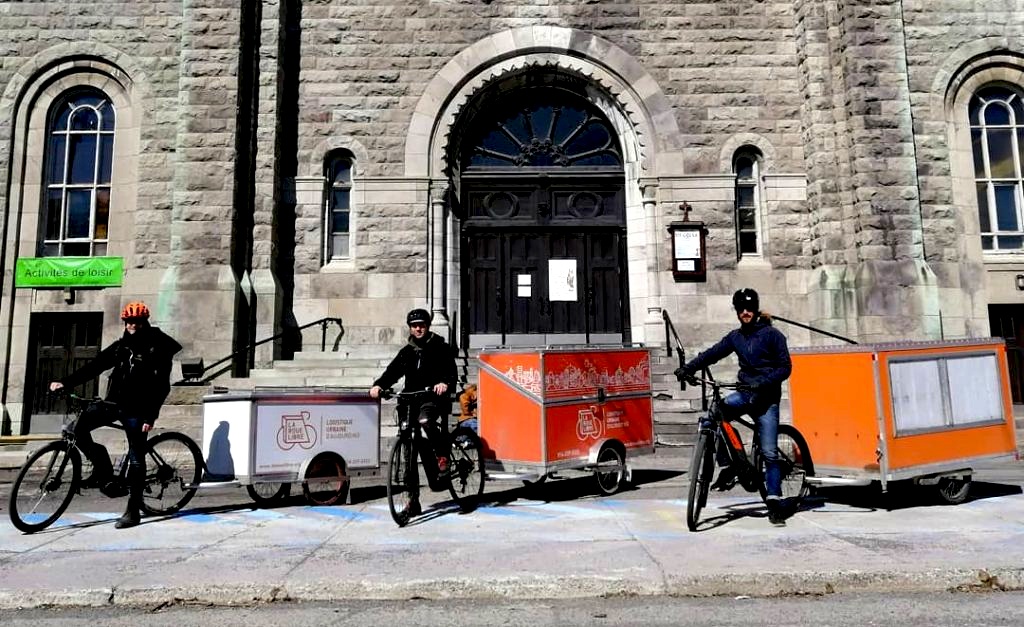
A few other recent initiatives are expected to amplify cycling in the city. In Sept 2019, Colibri, an innovative program that utilizes e-cargo bikes for inner city deliveries was launched, and recently announced it will be extended due to its huge success. The City helps out by providing warehouse space which acts as a hub for the delivery companies in the program along with their drivers so they can warm up and charge up.
Following on the heels of Colibri’s success, the province of Québec launched a $2,000 rebate for e-cargo bikes on January 1, 2021, though it’s currently only available to commercial users. That’s something Giguère would like to see expanded. “The province should provide rebates for e-bikes, cargo or not, and for everyone.”
Like adding another hat on her head, Giguère is already in discussion with the province about their rebate program, and plans are in the works to include it in her administration’s fall election platform. “Just like electric cars, there should be financial help. It’s more equitable,” she commented.
With continued focus on safer, more connected streets, rebates, and cycling education, we might expect to see Montréal’s ranking on the Copenhagenzie Index, on the rise in the foreseeable future.





